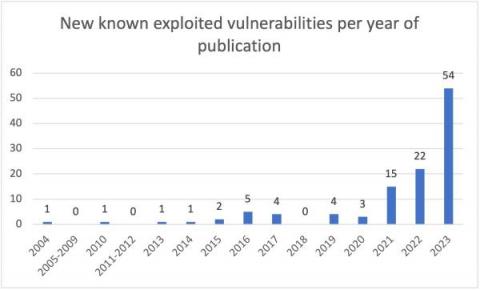Detecting Gozi Banking Malware
As a principal security researcher on Corelight’s Labs team, I help to solve difficult network security research problems at scale. Corelight’s customers might recognize some of my work if you see the packages “VPN Insights” or “App ID” on your sensors. Outside of my day-to-day role, I have a hobby podcast called eCrimeBytes where we lightheartedly discuss an electronic crime case each week.











